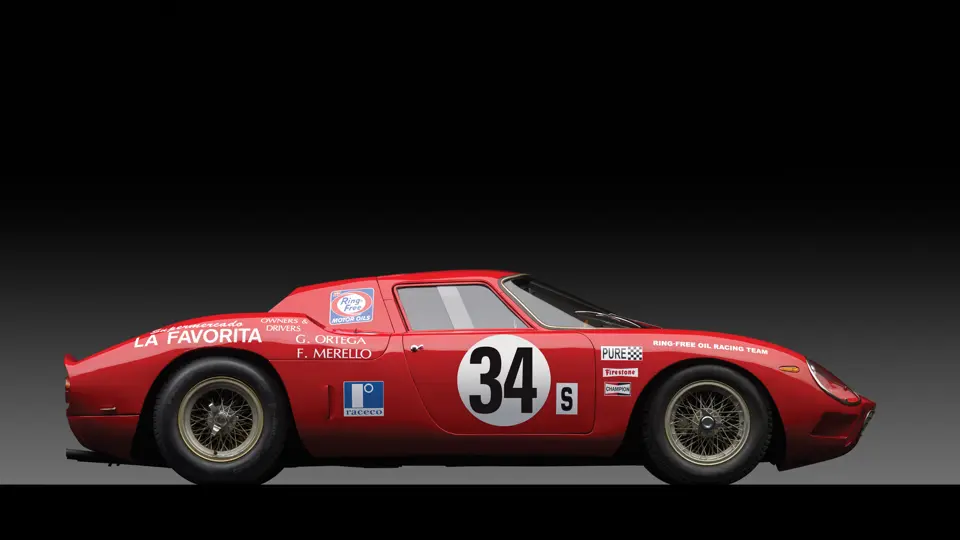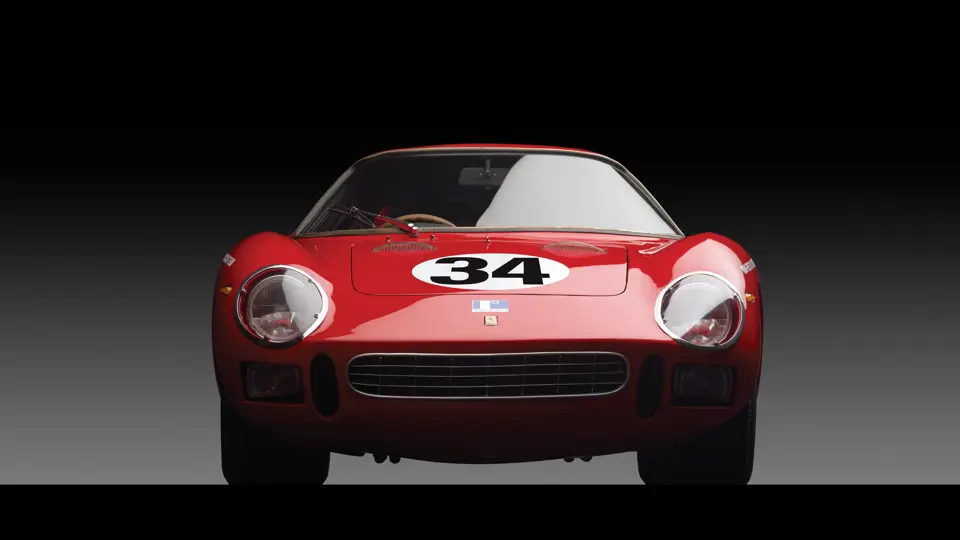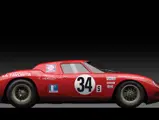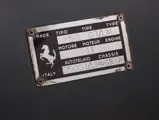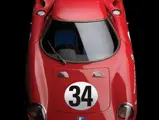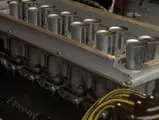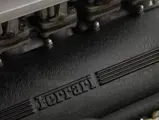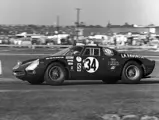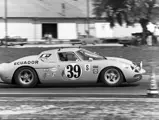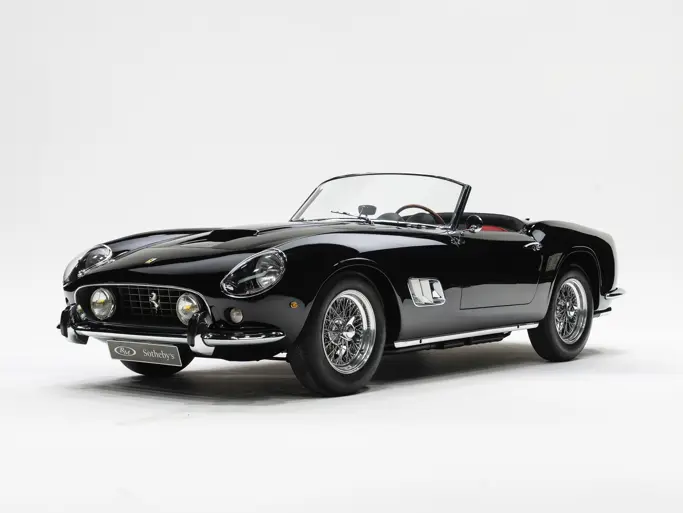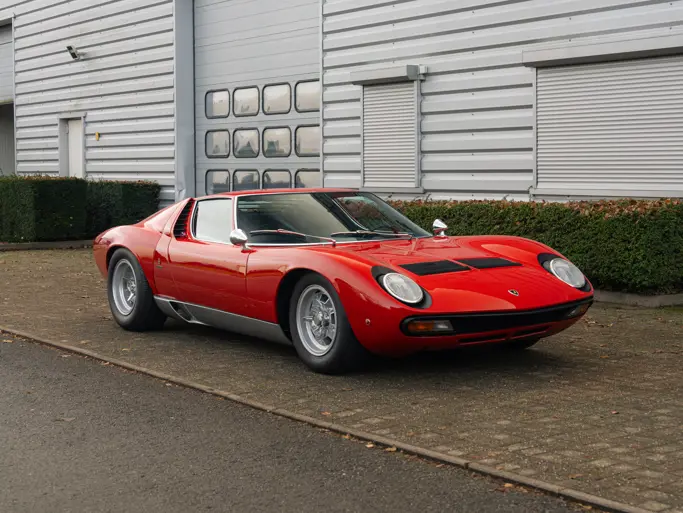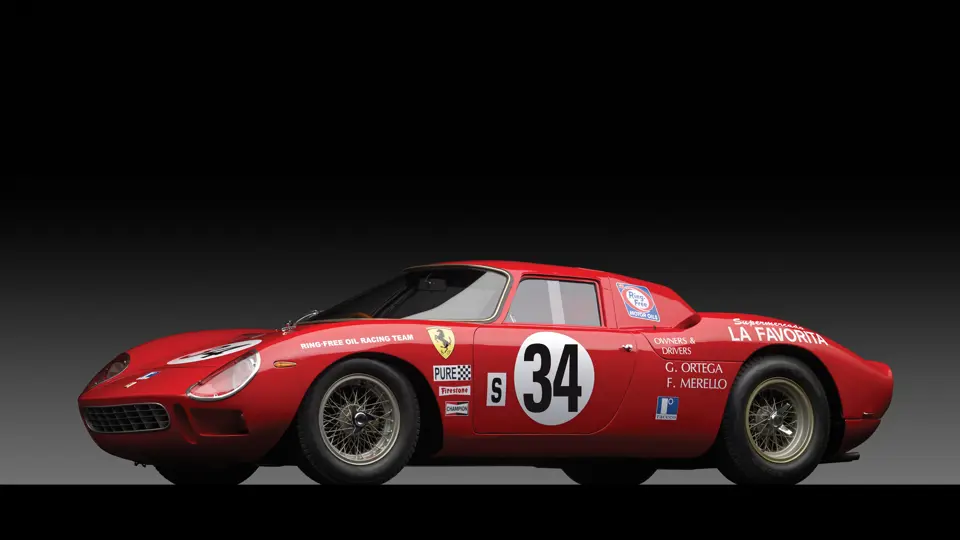
1964 Ferrari 250 LM by Scaglietti
{{lr.item.text}}
$14,300,000 USD | Sold
{{bidding.lot.reserveStatusFormatted}}
- An Italian operatic masterpiece of sound and color
- One of the finest original examples of Ferrari’s first mid-engined car
- Finished 8th overall and 1st in class at the 1968 24 Hours of Daytona
- A time capsule that is being publicly seen and offered for the first time in decades
At times, the defining barometer of a motor car’s beauty is dependent on speed: how does it look at full speed as opposed to simply sitting statically on a manicured concours lawn or in a finely-lit private collection? By that qualifier alone, the Ferrari 250 LM is the epitome of design perfection. It is a purebred racing car that stirs the soul and enlivens the senses of not only the driver, but also the spectator, whether it’s being off-loaded from its transporter or roaring at breakneck speed down the famed Mulsanne Straight at Le Mans, in the middle of the night or in the pouring rain. Indeed, as Marcel Massini, the preeminent Ferrari historian declared, “Ferrari’s 250 LM is one of the most spectacular mid-engined sports cars ever built. A true competition race car rarer than the legendary 250 GTO, and the last Ferrari to win the gruelling 24-hour race at Le Mans.”
Certainly the defining decision that affects the 250 LM’s shape is the mid-engined configuration, which allowed the artisans at Scaglietti to wrap the bodywork around the chassis in a heretofore unseen manner. At just under 44-inches tall, the car is low, sleek, and menacing. The voluptuous fenders over the rear wheel arches flow beautifully to the kammback tail, a feature that linked the LM to Ferraris of years past, and also to Ferraris of years to come. Add to that the state-of-the-art mechanical specifications of 320 horsepower, a rip-snorting Ferrari V-12 engine, a five-speed gearbox, four-wheel suspension, and disc brakes, and the resultant combination sees nothing but checkered flags whenever it takes to the track.
CHASSIS NUMBER 6107
Chassis number 6107 is the 24th car of only 32 total 250 LM examples produced, and it is particularly special, because its first owner did not have racing in mind when he acquired the car. In fact, the car was used exclusively as a road car and enjoyed as such on open California roads!
Steven Earle, of Santa Barbara, California, is well-known within the vintage racing community as the founder and longtime organizer of the Monterey Historic Automobile Races, and he ordered this car in the early summer of 1964 through Rezzaghi Motors, in San Francisco.
The chassis was completed by the factory on July 23, 1964, with the body being eventually finished in Rosso Cina paint (a deep shade of red) and equipped with the LM’s standard spartan road car amenities, including blue corduroy cloth upholstery. Following completion, 6107 was shipped to San Francisco directly by air, not passing through the traditional conduit of importer Chinetti Motors, and it was delivered to Mr. Earle in November 1964.
Registering the car for road use, with California tags reading “MKW 781,” Mr. Earle generally used it about town over the next several years, accruing only a few thousand miles during his ownership and photographing the car both at home and on the famous Mulholland Drive, where the car was an absolute thrill to drive. In 1966, desiring to attract less attention from police, he had the Ferrari repainted in a dark blue metallic color, and it was in this livery that the car appeared for sale in an advertisement in the January 1967 issue of Road & Track magazine. In the ad, Mr. Earle describes the car as “amazingly docile” and “very easy to drive.” Declaring the car to have accrued 3,000 miles on highways only, and never raced, Mr. Earle sought $14,750 for the rare Ferrari.
In March 1967, a buyer was found in Chris Cord; he was a friend of Mr. Earle’s who resided in Beverly Hills and is better recognized as the grandson of E.L. Cord, the renowned founder of the pre-war American luxury marque of the same name. As Mr. Earle describes in a 1981 letter to Mr. Massini, Mr. Cord had previously purchased a different LM, but was dismayed when it arrived bodied in fiberglass, a factory decision on which he had not been consulted. In addition to experiencing significant flex, the fiberglass material caused Mr. Cord to develop an allergic reaction, eventually forcing him to sell the car in October 1965. During Mr. Cord’s brief year of ownership, the car was displayed by Chic Vandagriff’s renowned dealership, Hollywood Sports Cars, as the centerpiece of their stand at the Los Angeles Auto Expo in September 1967.
RACECO AND THE GENTLEMEN FROM ECUADOR
Soon thereafter, in early 1968, the race career of 6107 began in earnest, when the car was purchased from Mr. Cord by Guillermo Ortega and Fausto Merello, two Ecuadorean drivers who competed under the banner of the Raceco team. With little time to prepare, Raceco equipped 6107 for “Sports” Class endurance racing with the addition of four roof-mounted recognition lights and one so-called “Cyclops” lamp, which was centrally mounted on the front of the hood. Repainted a deep shade of red and wearing #34, chassis 6107 was entered in the 24 Hours of Daytona on February 4, where it was driven by Ortega, Merello, and John Gunn. It qualified for an impressive 14th place on the starting grid. Bested only by prototypes like Porsche’s 907 and the Autodelta team’s Alfa Romeo Type 33/2 entries (as well as a lone Shelby Mustang), the then four-year-old 250 LM managed an amazing 8th place overall finish and a 1st in class, outpacing every entry from the GT Class and numerous prototypes and Trans-Am cars.
Two-and-a-half months later, the 250 LM was campaigned again by Raceco, this time at the 12 Hours of Sebring. With the car now painted yellow and racing as #39, the same team of drivers attempted to repeat their Daytona success, but a clutch failure after 33 laps forced an early retirement. In February 1969, chassis 6107 was entered by Raceco at the 24 Hours of Daytona again, with Merello, who was joined by Edward Alvarez and legendary Ferrari driver Umberto Maglioli. Unfortunately, the presence of the 1954 Carrera Panamericana winner was of no consequence, and the car (now wearing #38) was again forced to an early exit, this time retiring after lap 68 with engine troubles.
Following these setbacks, Mr. Merello took the 250 LM home to Ecuador, where the recent creation of the Autodromo Internacional de Yahuarcocha in Ibarra was attracting some of the world’s top drivers. With Merello and Pascal Michelet, who bought out Ortega’s stake in the car, at the wheel, 6107 was entered at the inaugural Yahuarcocha race in 1970. Still competitive, Merello and Michelet led much of the race, until an engine failure forced them to retire. The car also competed at the 12 Hours of Ecuador on September 26, 1971, though it is unknown how well the car fared. Ultimately, Michelet purchased the other 50 percent stake from Merello and continued to race 6107 throughout Ecuador and Peru. It is also believed to have been entered by the French expatriate as #36 at the 1974 24 Hours of Le Mans, though the car never arrived for qualifying.
Ultimately, in 1974, the technical rules were changed in Ecuador, and displacement was limited to 3,000 cubic centimeters. As a result, Michelet decided to sell the car. In 1975, he found a buyer in Londoner Robs Lamplough. In February of the following year, Lamplough sold this car to fellow Englishman Stephen Pilkington, of Lancashire; he was a known collector of fine race cars and immediately recognized 6107’s merit and potential, declaring “the chassis was never rusted. It was superb.” Ferrari specialist Bob Houghton conducted a sympathetic restoration of the car, with it being refinished in red, as when it was first delivered, but it was never actively raced again.
In 1983, chassis 6107 was purchased by a prominent Japanese collector, who also recognized the car’s inherent importance, and he put it on display in his personal garage for the next three decades. Believed to have as few as 10,000 original miles on its fully matching-numbers driveline, this phenomenal 250 LM, now gently freshened and returned to driving state, represents the zenith of 1960s vintage Ferrari collecting, claiming rarity, importance of model, celebrated beauty of design, and a legitimate racing pedigree. It is offered now for the first time in decades, and it has not been seen by the general public in as many years.
Chassis 6107 is notable as perhaps the most original example with such an important racing record. Indeed, few known examples of notable originality lack a competition record of such significance. In fact, 6017 further distinguishes itself from others, as it is a car of clear, documented provenance and period correctness, which stands in stark contrast to some of its 31 colleagues, where years of racing and ownership changes have taken their toll on originality. Associated with some of racing’s most illustrious names, this superlative Ferrari offers an extremely rare opportunity to acquire one of the finest known 250 LM examples. Its public availability, which is the first in many decades, is a moment of tremendous historic importance. With over 300 horsepower roaring behind one’s back, and the driver seated inches from the ground at over 150 mph, the racing enthusiast will attest to the symphony of power, color, and noise that is a Ferrari 250 LM at full throttle, be it at full speed in the Le Mans retrospective or racing through the switchbacks on Mulholland Drive.
Please note that an import duty of 2.5% of the purchase price is payable on this car if the buyer is a resident of the United States.




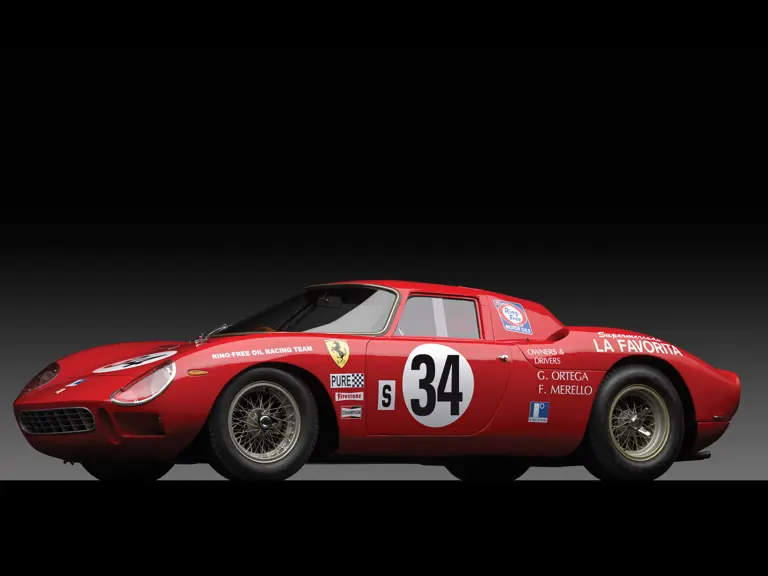
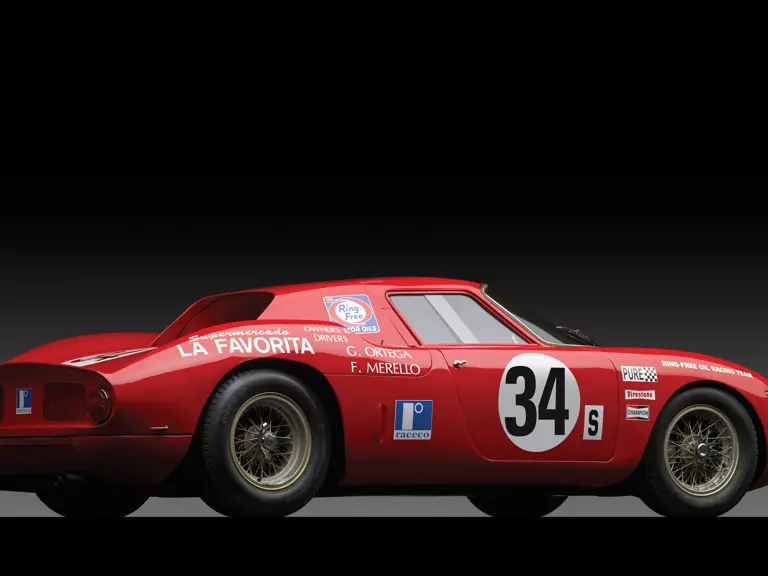
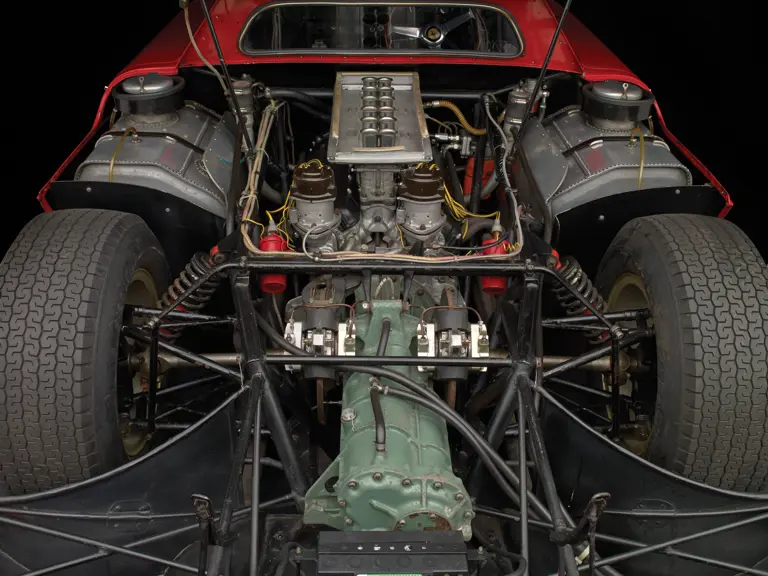
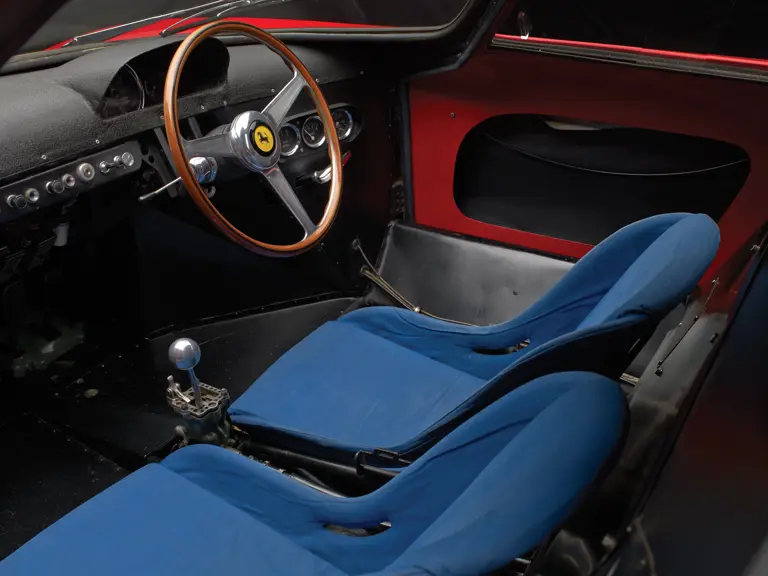
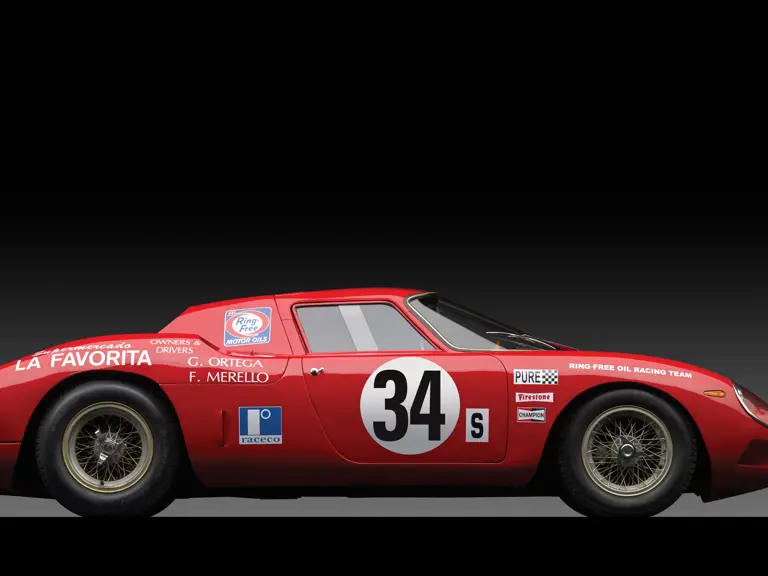
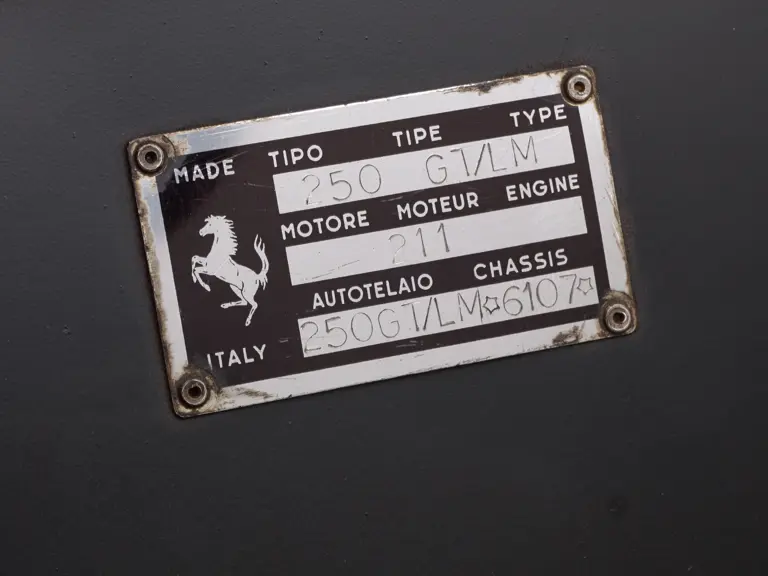

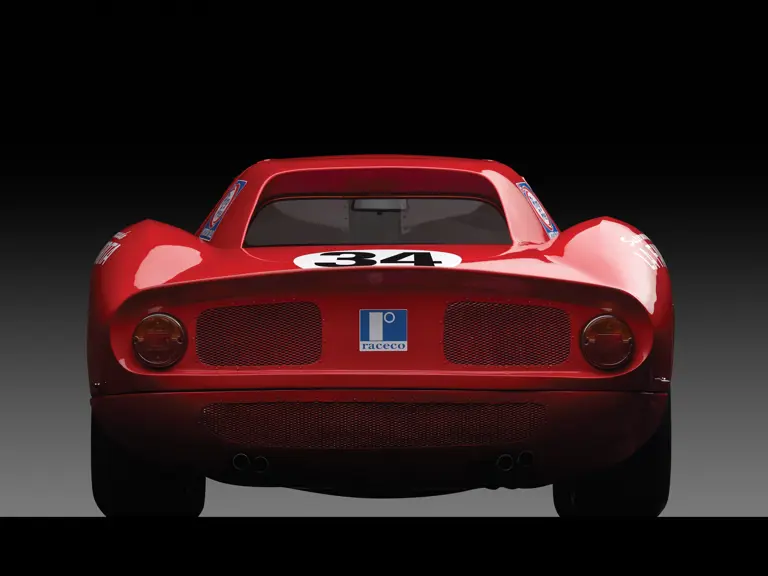

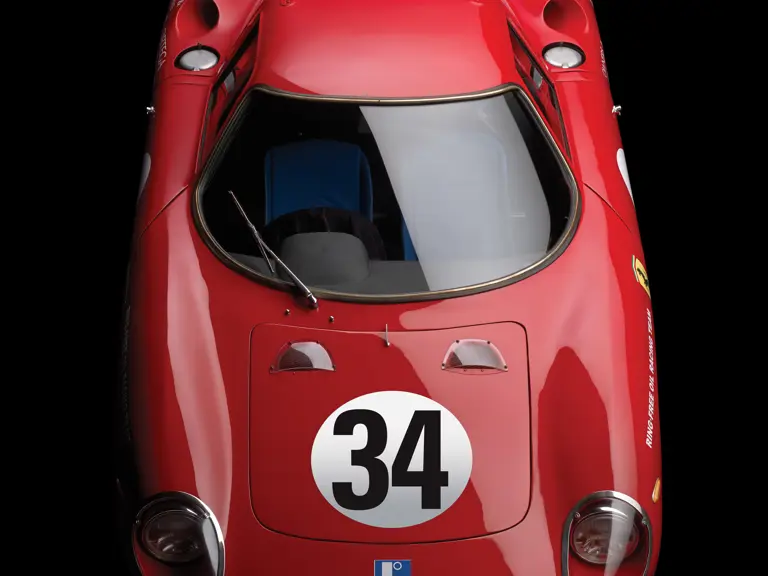

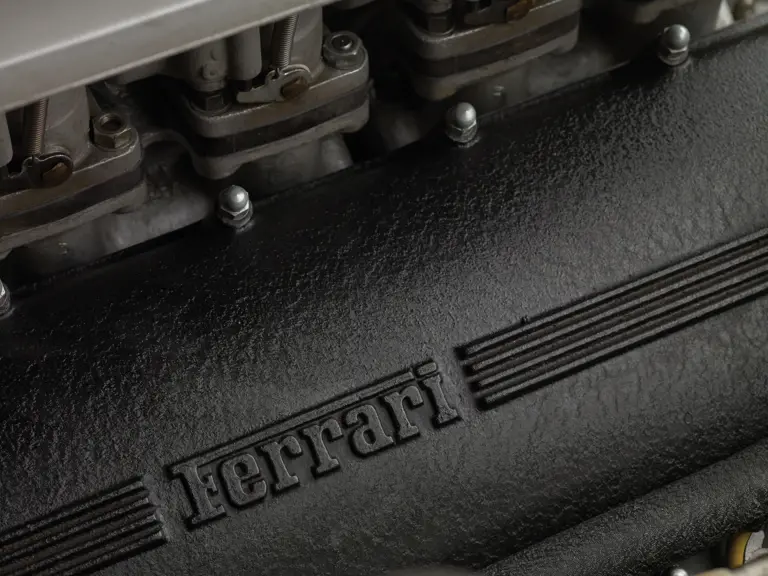
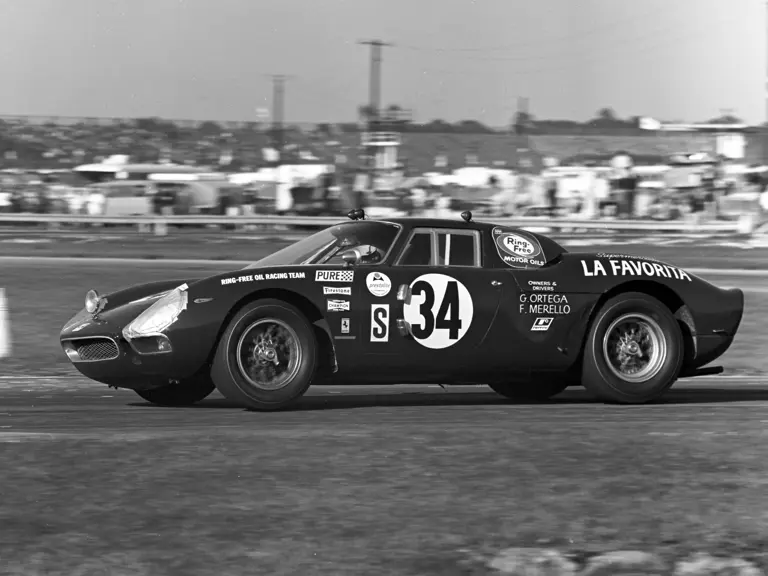
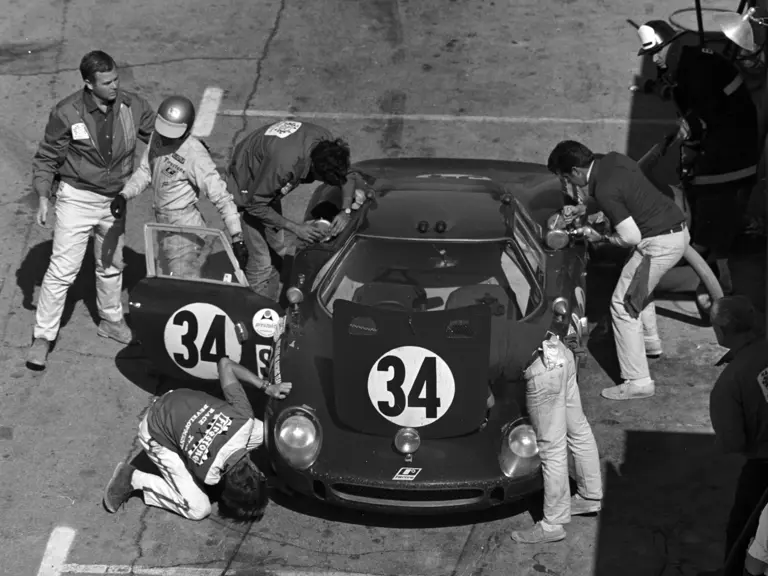
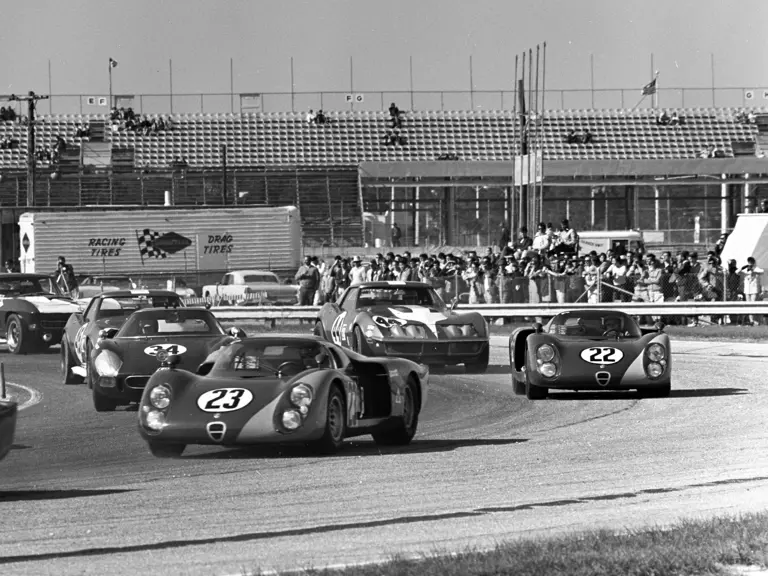

 | New York, New York
| New York, New York
